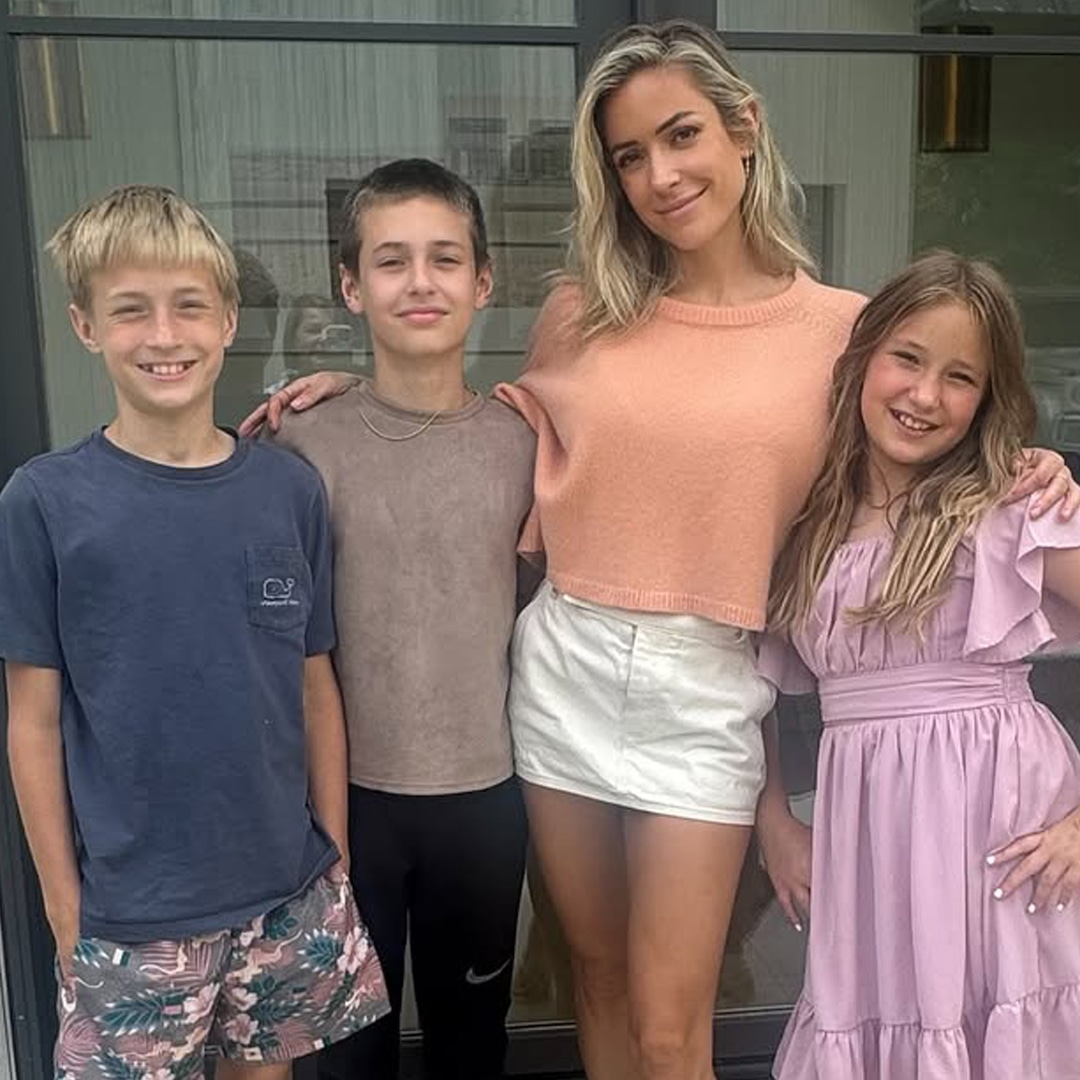The Best Way To Make Mashed Potatoes, According to a Potato Farmer
I asked two potato farmers to weigh in on the best way to make mashed potatoes. They were full of smart tips.


I love mashed potatoes, but I only seem to make them at Thanksgiving. They can be a lot of work and don’t always turn out perfectly.
To get tips for perfect mashed potatoes, I talked to farmer Kathy Sponheim from Michael Family Farms, a fourth-generation potato farm based in the Ohio Valley. “Our family members may disagree on which dish is their favorite potato dish, but one thing we all agree on is our favorite way to make mashed potatoes,” Sponheim says.
The first step is to start with the very best potatoes. Sponheim suggests using round white potatoes. “They are not as readily popular as russets at grocery stores, but they make the creamiest and best flavored mashed potatoes,” she says. “Bonus point: They have thin, delicate skin; thus, often, you don’t even need to spend time peeling the skins off.”
You can use yellow or russet potatoes if you can’t find round whites. Sponheim says russets need to be peeled before boiling because of their thick skins. You’ll also need to add extra ingredients than you would with round white potatoes to get the same creamy texture. Yellow potatoes also work, but Sponheim says they taste waxy.
How To Make Mashed Potatoes, According to a Potato Farmer
For the perfect mashed potatoes, Sponheim suggests starting with three to five pounds of potatoes, quartered into one-inch pieces. Put them in a pot with cool or room temperature water—never hot—and cover the potatoes by about an inch of water.
Boil the potatoes gently until they are tender when poked with a fork. This can take from 13 to 20 minutes depending on the potatoes. Drain them well, letting all the steam escape. “This is a key step to prevent extra moisture before mashing,” Sponheim adds.
Then, break up the potatoes with a masher before beating them on low (or continuing with the masher) until they are smooth. Get the potatoes to the consistency you love before adding anything else.
When the potatoes are smooth, add 1/3 to 1/2 cup of room temperature butter. “Personal preference is you can’t have too much butter,” Spondheim says. Completely combine the potatoes and butter, then add half-and-half as needed, also at room temperature. If you use cold butter or creamer, that can deter fluffiness and cause curdling. Finally, add garlic salt to taste.
Spondheim reveals family favorites, including adding a couple of roasted garlic cloves or garnishing with savory herbs such as sage, rosemary, parsley, or thyme.

Another Potato Farmer Weighs In
Travis Meacham is a potato grower who operates Friehe Farms, based in Moses Lake, Washington. He likes to both eat and prepare mashed potatoes. “I think the main reason is that they can be very simple and still taste very good.”
Meacham is not as particular about the type of potatoes used and says there are many ways to prepare them. “The great part about mashed potatoes is there are many little tweaks or variations that can be done on purpose or by accident, and the end result is still great.”
He typically prepares mashed potatoes by taking any type of potato he has, cutting it into chunks, and boiling it until tender. Most of the time, he peels the potatoes before boiling them. Then, he drains the water and returns the potatoes to the pot.
“Now comes the time where you can be creative. You can add a lot of different ingredients to get the exact flavor that you are looking for,” says Meacham who starts with butter, milk, salt, and pepper.
Then he uses a hand masher. “I will do this until I get them to hold together well and not fall apart. I like them to have some small chunks and not be perfectly smooth.”
The great part about mashed potatoes is that even though they are a simple dish you can add your own personality to it. I know that if my kids are going to be eating then I will make sure and mix them harder and make them as smooth as possible. I also think the best part is having leftovers and the next morning forming them into patties and frying them for breakfast.
This article has been sourced from various publicly available news platforms around the world. All intellectual property rights remain with the original publishers and authors. Unshared News does not claim ownership of the content and provides it solely for informational and educational purposes voluntarily. If you are the rightful owner and believe this content has been used improperly, please contact us for prompt removal or correction.











